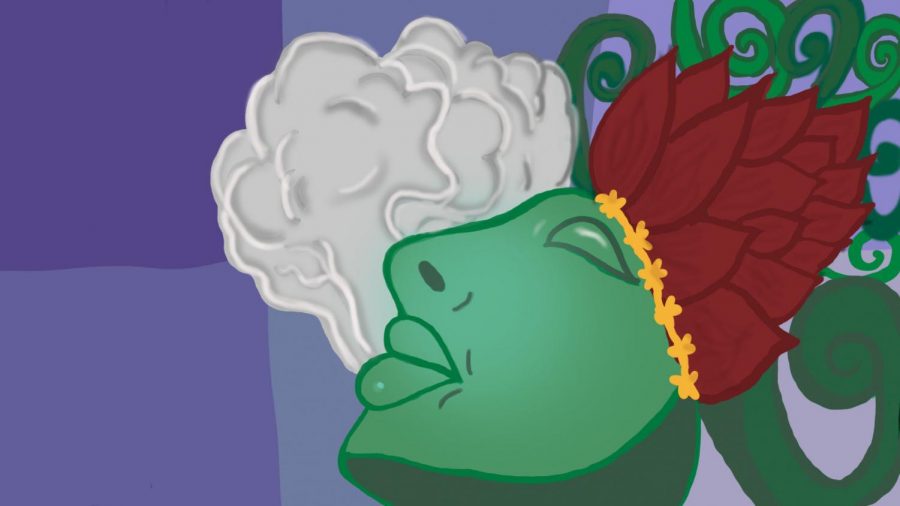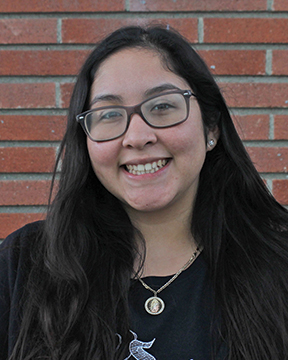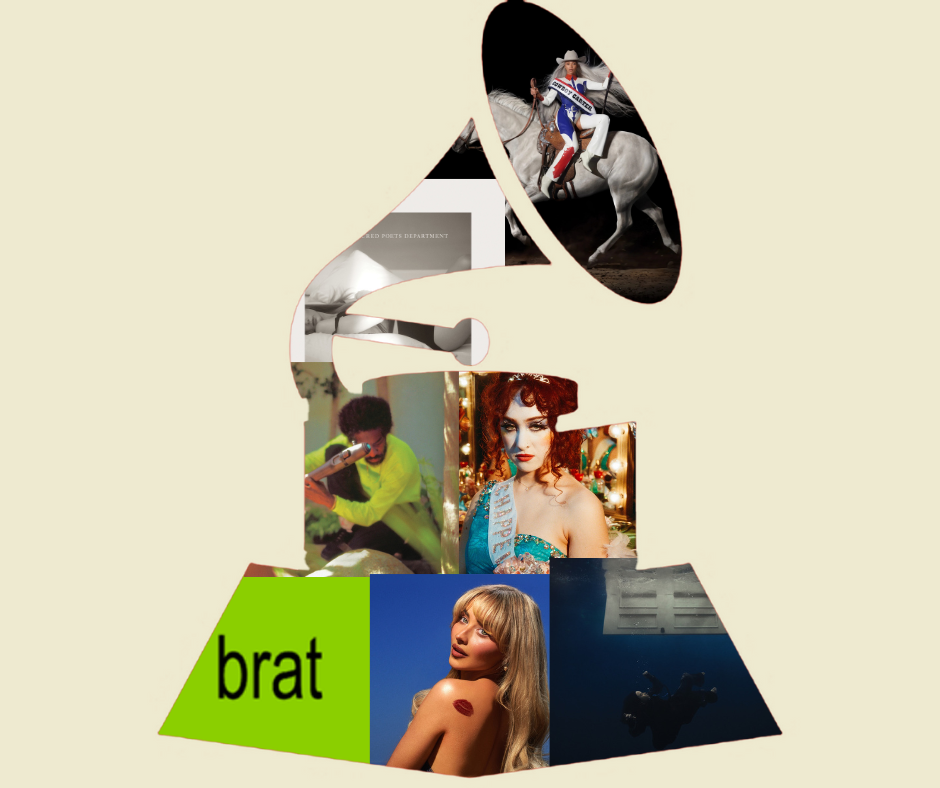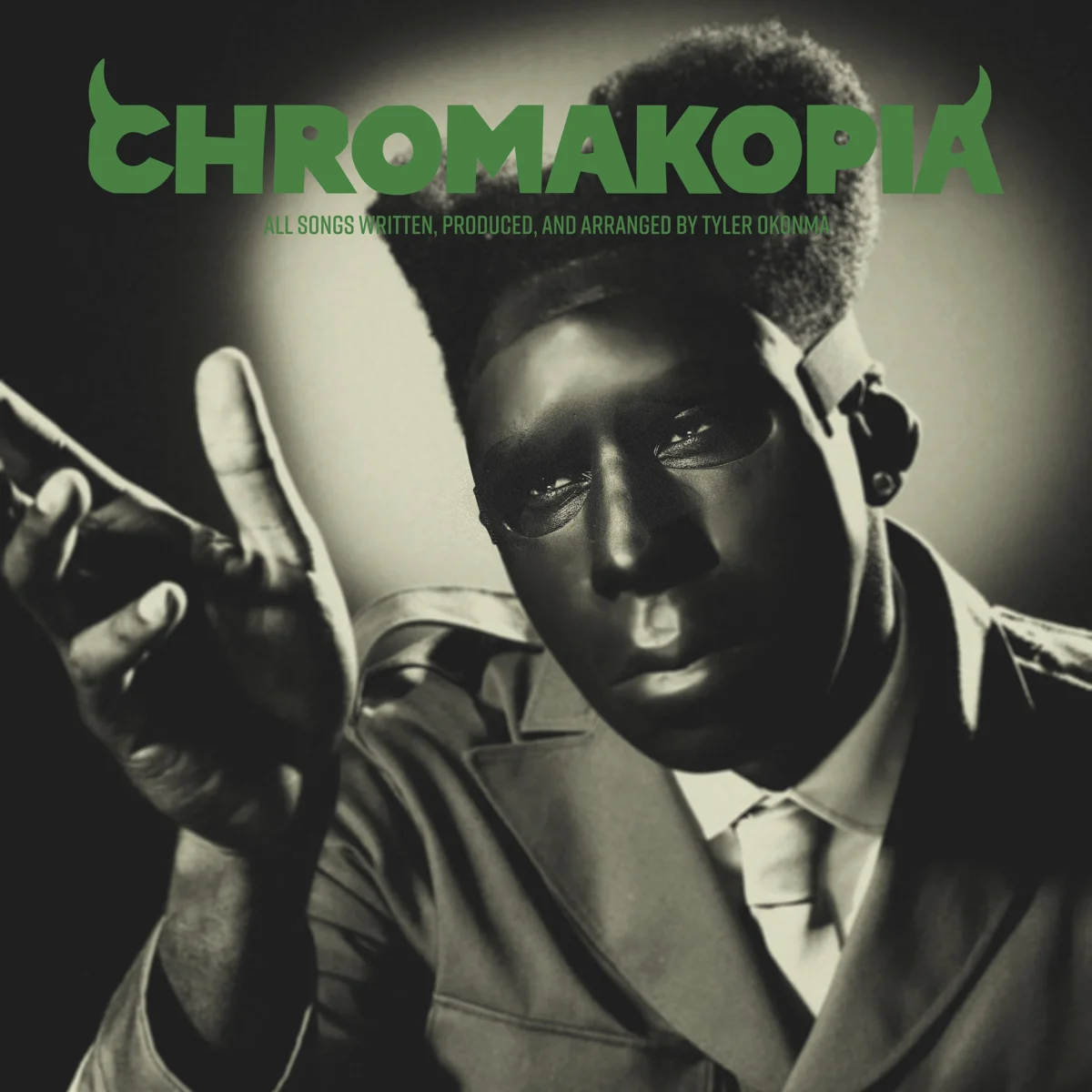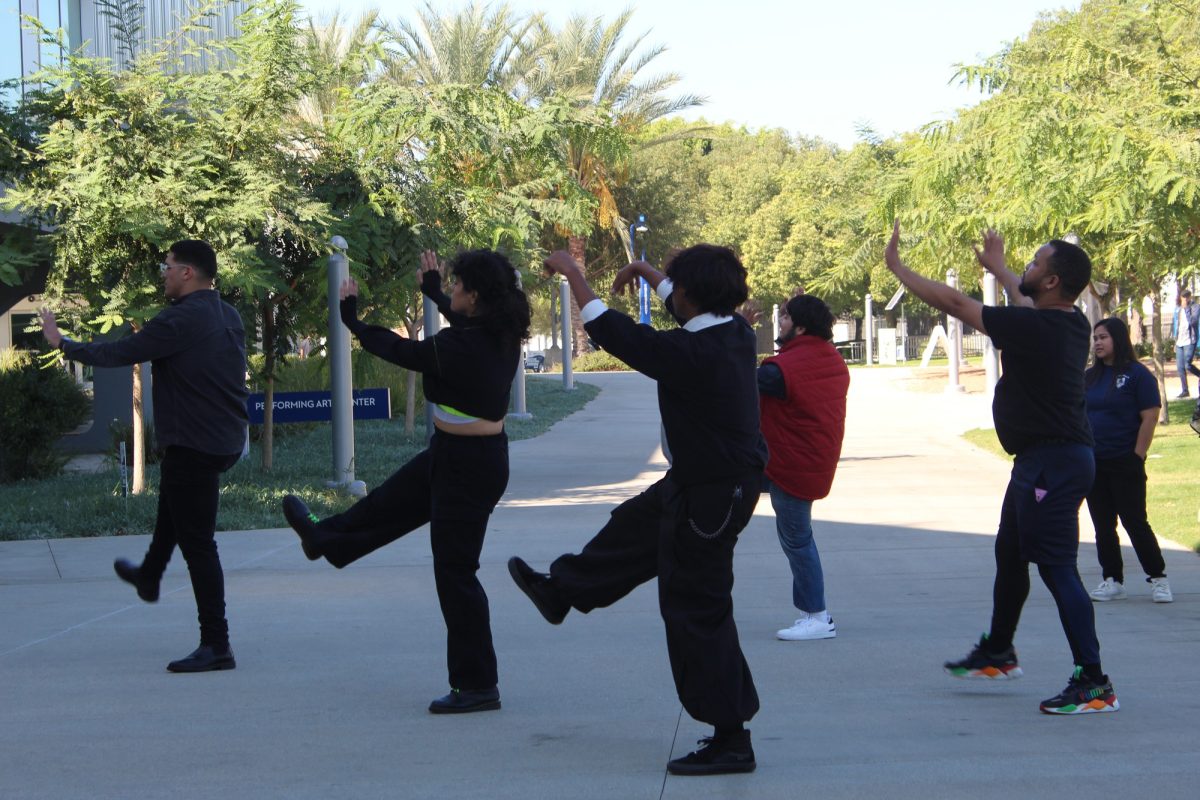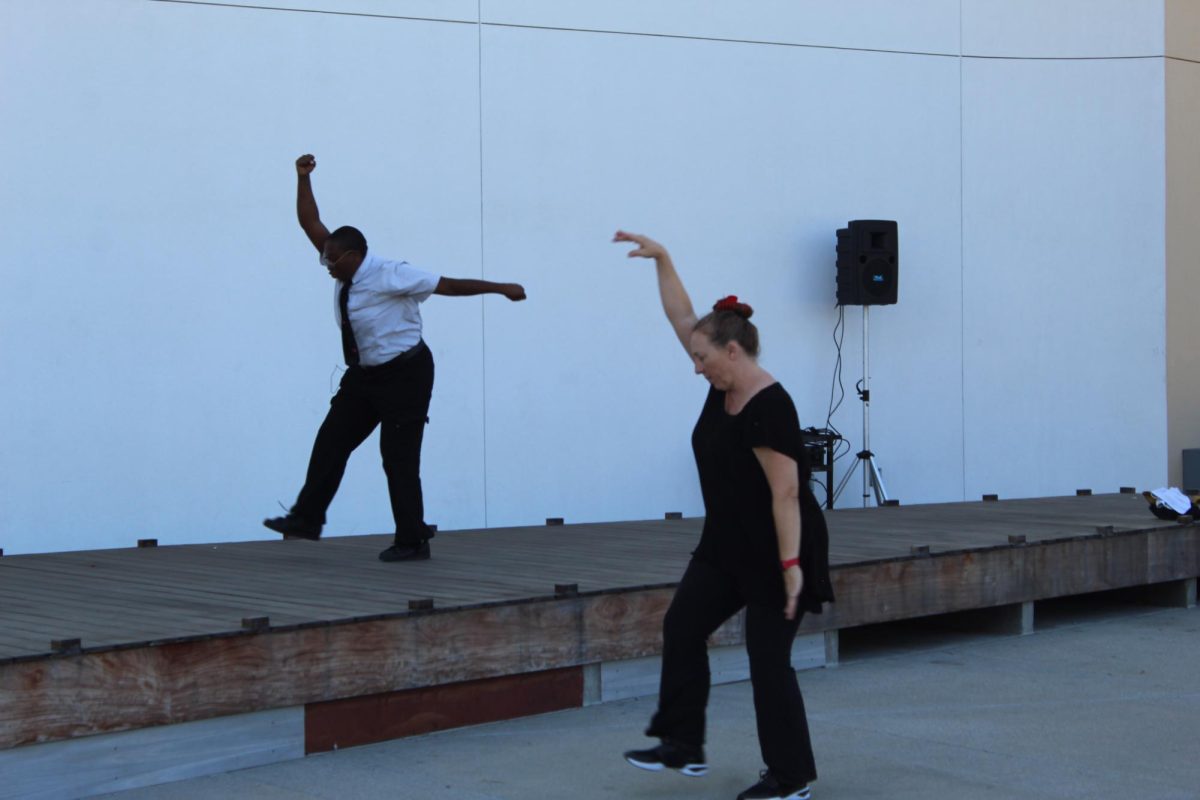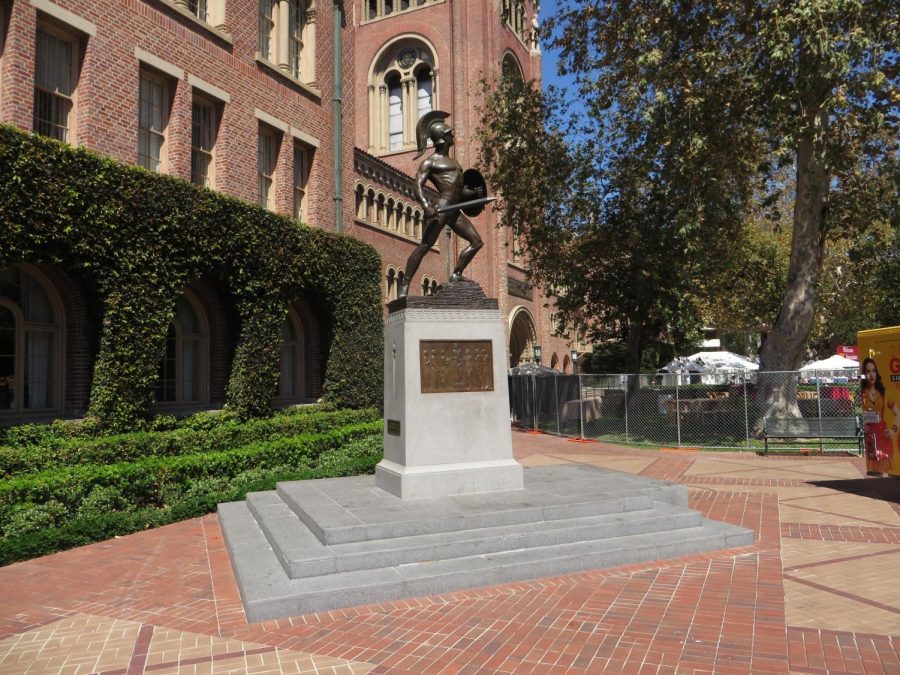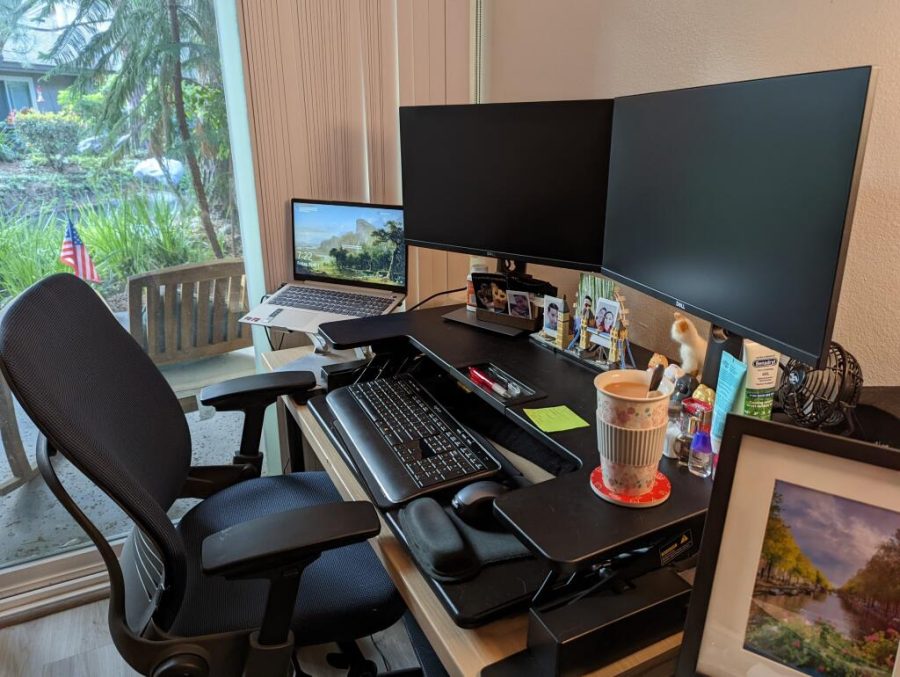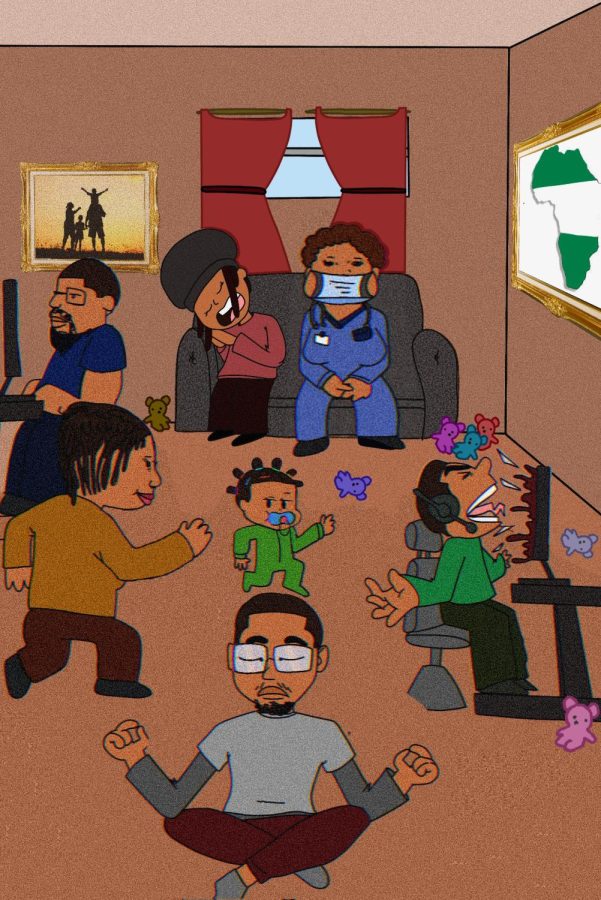The fact that cannabis columns like this exist further proves that we are living in a world that’s grown more accepting of the plant, as we are now able to openly show our appreciation for it.
It hasn’t always been that way, however. In fact, cannabis has had to fight its way through many different obstacles in time that were set up by public fear.
Where did this fear of the beneficial drug come from, though?
The answer: hatred, misunderstanding, and dramatization.
Cannabis wasn’t introduced into American Culture until the early 1900s, when Mexican immigrants moved to the United States during the Mexican Revolution.
In fact, that is why it’s called “Marijuana” in the first place!
In NPR’s “The Mysterious History of Marijuana,” Matt Thompson states, “It was only referred to as marijuana because anti-cannabis factions wanted to underscore the drug’s ‘Mexican-ness,’ meant to play off of anti-immigrant sentiments.”
It was during The Great Depression that resentment toward Mexican immigrants grew and with the public’s already-negative view toward all intoxicants during the Prohibition period, the “evil weed” was outlawed.

Then came the debut of the infamous “Reefer Madness” in 1936 which added more fuel into the fire of anti-cannabis propaganda.
All events in the film are extremely exaggerated in an effort to show the public all the “crazy, dangerous things” that can happen to poor innocent people if they try cannabis.
Decades later, once cannabis was no longer seen as a psychotic, dangerous threat, the public view shifted: it was then a drug that created “lazy hippies.”
Young anti-war advocates enjoyed the recreational, psychedelic effects of the drug and found themselves in a more relaxed and positive state.
During President Richard Nixon’s anti-drug efforts, however, cannabis was labeled as a “most restrictive” drug along with heroin and LSD as it was seen to have no medical benefits.
In Time’s “A Brief History of Marijuana Law in America,” Scott C. Martin, a history professor, said that Nixon’s decision was a reflection of his hostility “toward the counterculture with which he associated marijuana, then scientific, medical or legal opinion.”
Years later, in 1986, cannabis is criminalized during the Anti-Drug Abuse Act. Now, there are mandatory minimum sentences for drug offenses.
This history alone paints the full picture of the anti-cannabis view: a scary, lazy hippie criminal person who spends all of their time intoxicating themselves with the “Devil’s Lettuce.”
If that sounds irrational, that’s because it is.
Thankfully, we live in a world now where there is slightly less fear and crime associated with cannabis.
However, the fact that a majority of people still cannot openly take pride in being a “pothead” shows that the fight is not over.
There are still those who see the drug as it was once described before, or associate the drug with a lazy, dirty culture. Again, this is fueled by misunderstanding.
There are also those who fear cannabis as a gateway drug with no real medical benefit.
Truthfully, scientists have discovered that THC, the component of cannabis that gets the user high, is the main source of the drug’s medicinal properties.
Cannabis can help treat many different conditions, including:
- Nausea
- Cancer
- Mental health conditions, such as anxiety and PTSD
- Pain
In fact, it’s argued that cannabis support may help solve the United States’ opioid crisis.
While the country shifts its primary focus to battling COVID-19, there is less attention on the national opioid problem and those who need medical support.
Many clinics and programs are closed and support groups are only meeting virtually.
According to the Medical Cannabis Network, by Health Europa, opioid addiction usually occurs when the drug is prescribed for chronic pain.
Medical cannabis can, again, be used instead to treat pain and it’s nowhere near as addicting.
This now leads to the main, ultimate, and final piece of false information to debunk: while it IS possible to have a bad reaction, you can NOT possibly overdose on cannabis!
For those in favor of all things natural, cannabis should be seen as a miracle plant with many medicinal benefits.
Even now, when used for recreational purposes, the drug is only legal for those 21 years and older as they are trusted as mature adults to consume responsibly.
In fact, even when used for pure enjoyment, all true cannabis enthusiasts know that the drug is really meant to just deliver a good, chill time.
It’s nothing like most of the media wants you to think, where the user starts tripping out and acting as if they can’t function in society.
Honestly, the most accurate portrayal of cannabis appreciation might just be the circle scenes in That 70’s Show. Even then, the scenes can be dramatized.
Nobody is being forced to consume weed. There is no pressure and should only be consumed by those that want to take part in it.
If someone does not like the idea of cannabis, that is their own personal problem that can be solved by simply not every paying for the drug ever in their life.
The “Reefer Madness” stops now, though. Keep the stigmas away.




